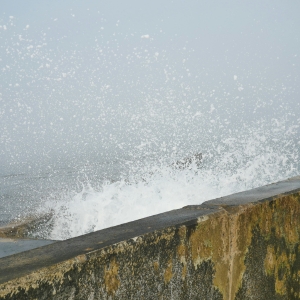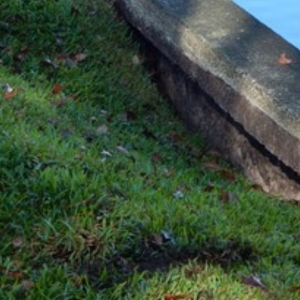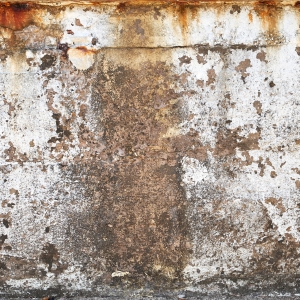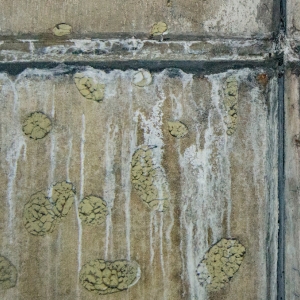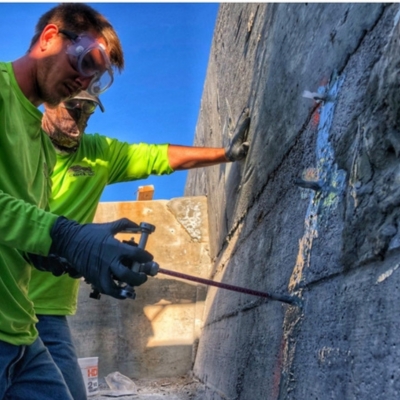Standing Water Behind the Seawall FAQs
Persistent standing water behind your seawall often means pressure is trapped due to soil voids or small leaks. In Jacksonville’s coastal soil, this can worsen quickly.
Experts at LUX use polyurethane grout injection to fill those voids, seal hidden cracks, and push trapped water out — restoring balance and preventing future pooling.
Yes. Water that lingers behind your seawall usually means erosion has already begun beneath the surface. In St. Augustine’s tidal zones, this process can wash away backfill and weaken your seawall foundation.
LUX repairs this by injecting expanding polyurethane grout to compact the soil, displace water, and stop erosion before it spreads.
Absolutely. Prolonged standing water increases hydrostatic pressure, which pushes against the wall and causes cracks or leaning.
Experts at LUX stabilize the soil behind the seawall with polyurethane grout injection, a waterproof foam that strengthens weak ground and prevents pressure buildup — protecting your Palm Coast waterfront from costly structural damage.
If water remains for more than a few hours after rainfall, it’s not normal — it’s a sign of soil instability or blocked flow paths.
Our experts at LUX evaluate your seawall to locate the issue and use polyurethane grout injection to seal leaks and stabilize the soil, keeping your property dry and protected.
Prolonged pooling weakens the wall’s base and erodes support soil. In Ocala’s wet climate, this can cause sinking yards or cracked caps. Experts at LUX use polyurethane grout injection to stop soil washout and restore balance, ensuring your seawall endures Florida’s heavy rainfall and humidity.


